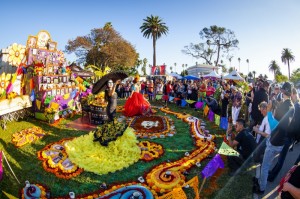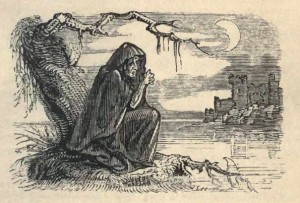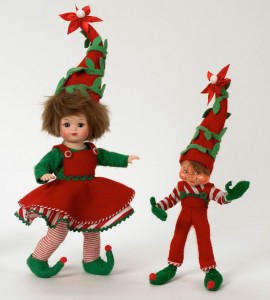Informant Background:
Informant’s Story:
When living in Australia I had created a punk-rock band with a few friends. Eventually we became fairly successful and toured around. As time went on, some of the band members were replaced, but the drummer and myself stuck around. We began to take the whole thing very seriously over time and decided that we were sick of replacing members so we created this absurd initiation process to see who was going to be the most dedicated. The process went something like this: At first we’d just get to know the potentials – heard them play, listen to their old bands music, talk about music, get drinks, check out some concerts. Then we started giving them all these sorts of tasks to do, like errands, phone calls and other random shit we seriously didn’t think anyone would do. We then pushed it to something a bit more extreme where we told them to get on our friends tractor with us in the middle of the night and drive through the forest. We then had other friends dressed in gorilla costumes who’d throw balls at us from the trees. They’d then pop out of the trees and attack us, of course going easy on the prospect so that he could try to save us. Eventually we’d reveal this was a joke and after a moment of shock and anger, the prospect would just laugh about it. One time though one of the prospects thought they were real gorillas, not just some jack asses trying to pick a fight, and he started to go kung fu on these guys. One of friends had a rib broken so we of course stopped the thing. We ended up getting 3 dedicated band members from it. They were with us to the end of the band days. Starting out though we didn’t seriously think anyone would stick around for the initiation. Punk music breeds some dedicated lokes.
About the Informant
The informant is a freelance construction worker who grew up in both American and Australia. While in Australia he played in a punk rock band for 6 years. He also became a father 12 years ago. Since then he’s been constantly leaning about the pervading sub cultures and rituals for children that were non existent or drastically different from his formative years.
Analyses:
I see this as a testament to the value of having one invest a great deal into something before having them join in order to create sustaining commitment. Sort of like what a fraternity does. And it is when these sorts of things work that long standing folkloric initiations come to be. This is definitely a bit much for just joining a band, but it clearly fixed their problem.





